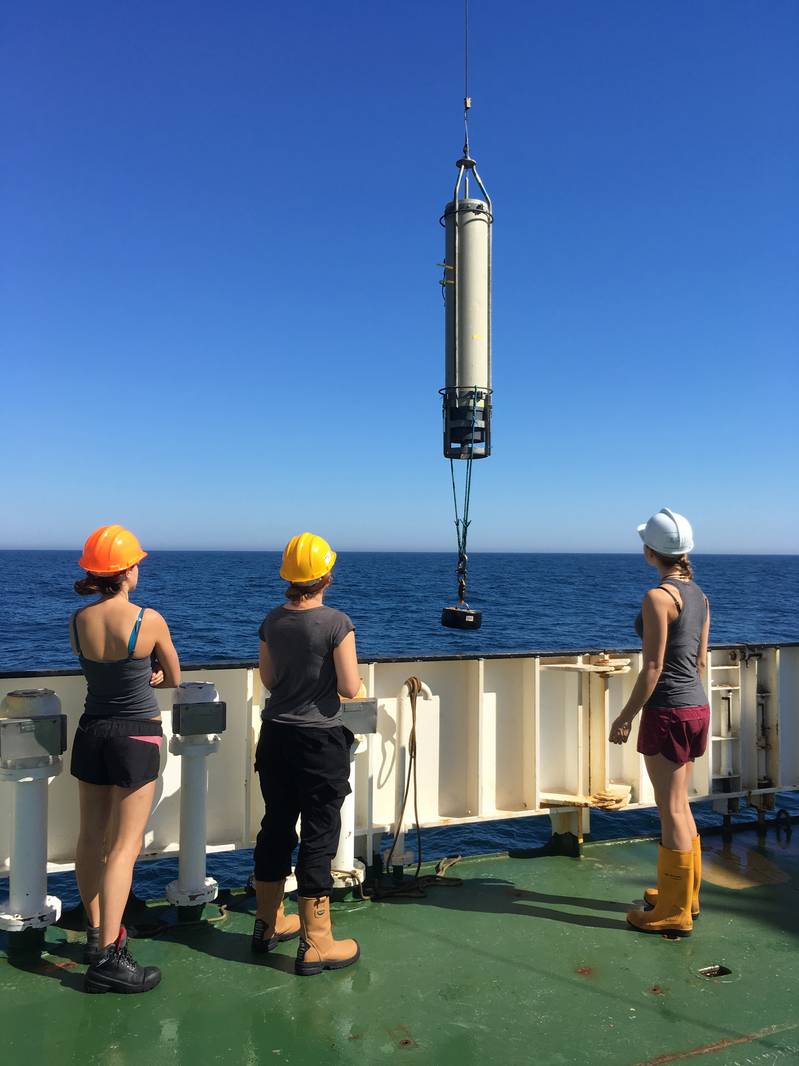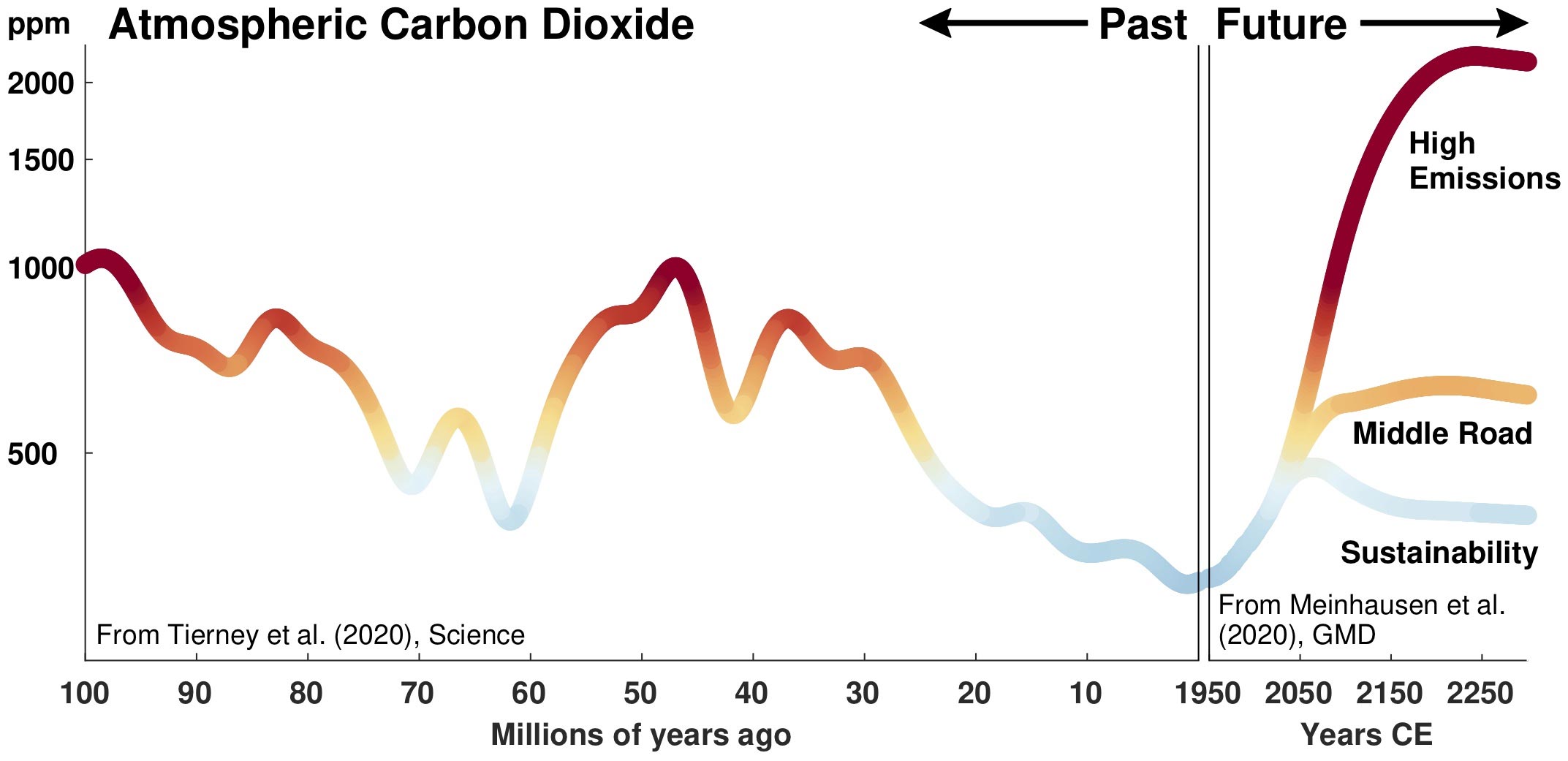The National Center for Oceanography (NOC) conducted a study to investigate gaps in knowledge about the biological carbon pump, in hopes of prioritizing aspects to include in future climate model developments, and observations needed to achieve this. The study, which was conducted with Imperial College, the University of Washington, the University of Bern and Boston College, aims to pave the way for more accurate modeling of future carbon storage in the oceans.
Climate models aim to tell us how the world will react to climate change caused by increased carbon dioxide in the atmosphere. A critical part of the Earth’s carbon cycle occurs in the ocean, where microscopic plants absorb CO2 from the atmosphere and carbon recycling occurs through the marine food web. This “biological carbon pump” helps keep CO2 levels in the atmosphere around 50% lower than they would be without it, underscoring the importance of better understanding this area.
The paper finds that the model’s predictions of how the pump will respond to climate change differ wildly, with disagreement even over whether its strength will increase or decrease. This is partly because the pump consists of a myriad of complex processes that we only poorly understand, mainly due to a lack of observations. The new research aims to prioritize the most important processes for future generations of models to include in order to reduce uncertainty in future projections of this important planetary carbon flux.
Professor Stephanie Henson, Senior Scientist at the National Center for Oceanography, said: “The biological carbon pump is an essential part of the Earth’s carbon cycle. If our models cannot accurately predict how the pump will respond to climate change, then we may be distorting the future trajectory of Earth’s climate. Our article will hopefully serve as a useful assessment of where the current significant gaps in knowledge about the biological carbon pump lie and how the community might begin to fill these gaps.
Dr Hilary Palevsky, marine biochemist, Boston College, added: “By bringing together a team with expertise in both climate model simulations and observational measurements of the biological pump, we were able to not only identify important biological pump processes currently missing from models, but also to identify how observational data collected by existing technologies can help fill these gaps.”
Dr Emma Cavan, a researcher at Imperial College London, said: “Marine life plays an important role in the global carbon and nutrient cycle. This study highlights how we could improve our estimates of the future ocean carbon sink if we work to better understand the role of biology and describe it well in climate simulations.
The new study highlights for the first time the disparity between the strength of the biological carbon pump in the current generation of climate models used for IPCC assessments. The paper examines the processes likely to be most important to include in modern estimates to reduce the uncertainty of future projections of this important global carbon flux. The new research also identifies the observations needed to achieve a more robust characterization and further improve the parameterization of the model, export flux and, therefore, reduce uncertainties in current and future estimates of the global carbon cycle in the ocean – allowing more robust climate models.




